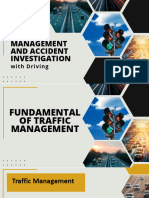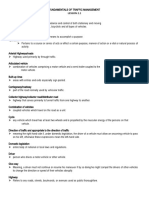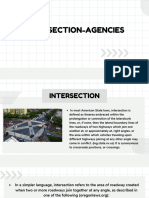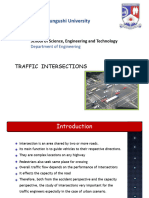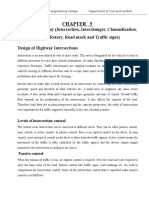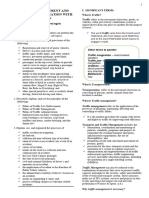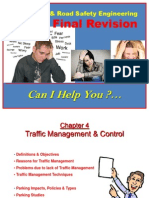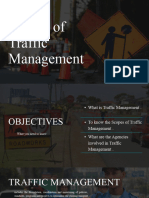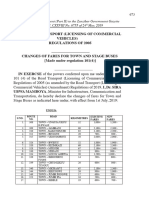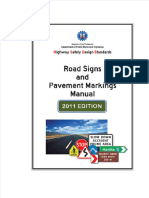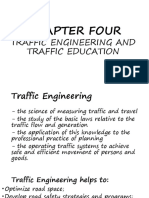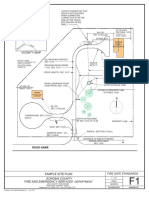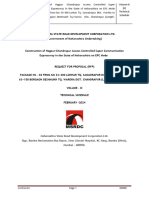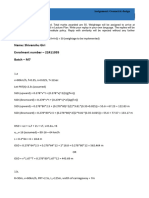0% found this document useful (0 votes)
356 views6 pagesModule 4 CDI4 Gerald
The document discusses the fundamentals of traffic management. It defines key terms related to roads and traffic control. It explains that traffic management aims to regulate traffic flow and reduce congestion through tools like traffic signs, signals, and advanced technologies. The causes of traffic issues include inadequate roads and controls, human error, and lack of maintenance. Traffic managers seek to systematically address problems such as buildup, congestion, accidents, and gridlock. Government agencies work together on areas like planning, funding, and enforcing traffic rules and regulations.
Uploaded by
Astero Jr Castro LusdocCopyright
© © All Rights Reserved
We take content rights seriously. If you suspect this is your content, claim it here.
Available Formats
Download as DOCX, PDF, TXT or read online on Scribd
0% found this document useful (0 votes)
356 views6 pagesModule 4 CDI4 Gerald
The document discusses the fundamentals of traffic management. It defines key terms related to roads and traffic control. It explains that traffic management aims to regulate traffic flow and reduce congestion through tools like traffic signs, signals, and advanced technologies. The causes of traffic issues include inadequate roads and controls, human error, and lack of maintenance. Traffic managers seek to systematically address problems such as buildup, congestion, accidents, and gridlock. Government agencies work together on areas like planning, funding, and enforcing traffic rules and regulations.
Uploaded by
Astero Jr Castro LusdocCopyright
© © All Rights Reserved
We take content rights seriously. If you suspect this is your content, claim it here.
Available Formats
Download as DOCX, PDF, TXT or read online on Scribd
/ 6








